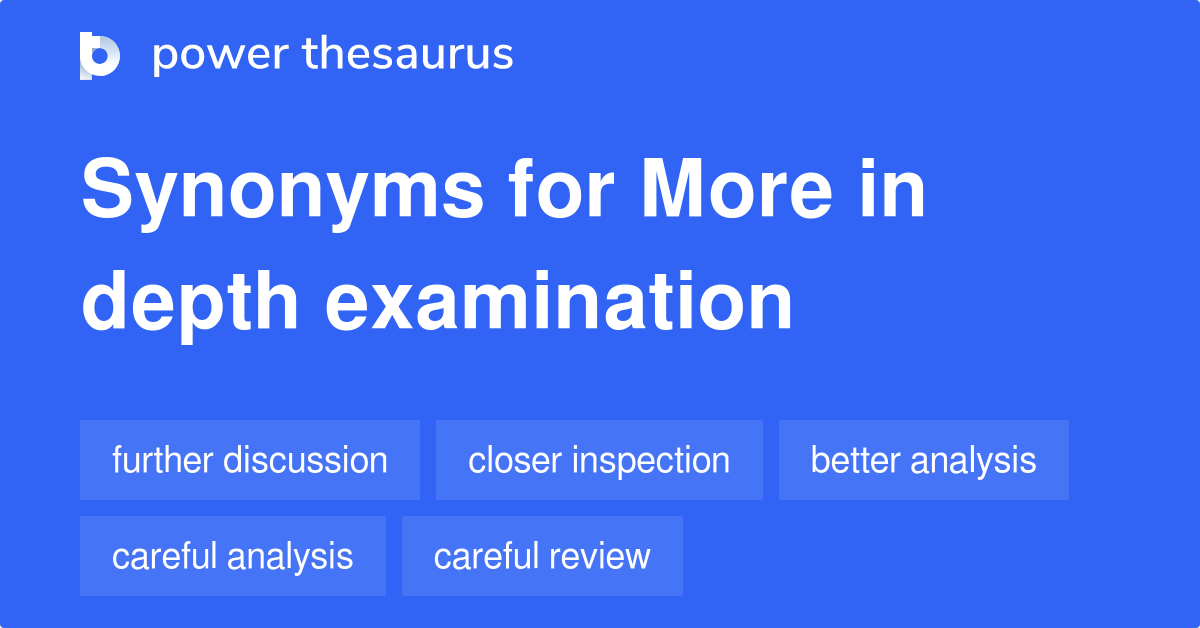Rethinking Middle Management: Their Impact On Company Performance And Employee Satisfaction

Table of Contents
The Current State of Middle Management: Challenges and Inefficiencies
The current model of middle management often falls short, creating obstacles to efficiency and employee engagement. Let's delve into some key issues impacting management effectiveness and organizational structure.
The Bottleneck Effect
Middle managers often become bottlenecks in communication and decision-making processes. This can manifest in several ways:
- Excessive approvals: Multiple layers of approval for even minor decisions create delays and frustration.
- Lack of delegation: Middle managers may hoard tasks instead of delegating, leading to overload and hindering the development of their team members.
- Information silos: Poor communication between departments and teams, often stemming from middle management, prevents the free flow of information and collaborative problem-solving.
The negative impact on productivity and project timelines is significant. Delayed projects, missed deadlines, and increased stress levels are common consequences of this bottleneck effect, directly impacting company performance.
Micromanagement and its Detrimental Effects
Micromanagement, a pervasive issue in many organizations, significantly impacts employee motivation and autonomy. Constantly overseeing every detail stifles creativity and initiative, leading to:
- Decreased employee engagement: Employees feel undervalued and micromanaged, leading to disengagement and reduced productivity.
- High turnover: Employees seeking a more empowering work environment are more likely to leave.
Micromanagement creates a climate of fear and distrust, ultimately hindering company performance and employee satisfaction.
Lack of Training and Development
Many middle managers lack adequate training in crucial skills, including leadership, communication, and conflict resolution. This deficit directly impacts their ability to effectively manage their teams and contribute to a positive work environment. Specific training programs addressing these areas are vital:
- Leadership development programs: Focusing on coaching, mentoring, and motivational techniques.
- Communication skills training: Improving both written and verbal communication, active listening, and feedback mechanisms.
- Conflict resolution workshops: Equipping middle managers to effectively address and resolve workplace conflicts.
Investing in such training is essential to improve management effectiveness and increase employee satisfaction.
Redefining the Role of Middle Management: A Focus on Empowerment and Collaboration
A fundamental shift is required: moving away from a command-and-control approach towards a more supportive, collaborative leadership style.
Shifting from Command and Control to Coaching and Mentorship
Instead of dictating tasks, middle managers should adopt coaching and mentoring roles:
- Coaching: Guiding and supporting employees to achieve their goals, providing constructive feedback and encouragement.
- Mentorship: Sharing experience, knowledge, and insights to help employees develop professionally.
This shift fosters a more positive and productive work environment, increasing employee retention and development.
Fostering Collaboration and Cross-Departmental Communication
Breaking down communication silos and promoting collaboration is key:
- Team-building exercises: Strengthening relationships and improving communication between team members.
- Collaborative tools: Utilizing platforms like Slack, Microsoft Teams, or project management software to facilitate seamless information sharing.
Improved communication leads to better problem-solving, efficient project execution, and increased overall company performance.
Empowering Employees through Delegation and Trust
Delegating effectively and trusting employees are crucial for empowering teams:
- Clear communication: Providing clear instructions, expectations, and necessary resources.
- Regular check-ins: Providing support and guidance without excessive oversight.
Delegation builds employee skills, boosts morale, and frees up middle managers to focus on strategic initiatives.
Measuring the Impact: Key Metrics for Assessing Middle Management Effectiveness
Tracking key metrics provides valuable insights into middle management effectiveness and identifies areas for improvement.
Employee Satisfaction Surveys
Regular employee surveys help gauge morale and pinpoint areas needing attention. These surveys should measure aspects such as job satisfaction, management support, and overall work environment.
Productivity and Performance Metrics
Tracking key performance indicators (KPIs) like project completion rates, efficiency, and quality of work provides objective measures of team productivity.
Turnover Rates and Retention
High turnover rates often indicate issues with management and workplace culture. Tracking retention rates provides a clear indicator of management effectiveness.
Employee Engagement Scores
Measuring employee engagement—their enthusiasm, commitment, and involvement— directly reflects the impact of middle management's leadership style and creates a feedback loop for improvement.
Conclusion: Rethinking Middle Management for a More Successful Future
Ineffective middle management significantly impacts company performance and employee satisfaction. By redefining their role to focus on empowerment, collaboration, and effective leadership, organizations can unlock significant potential. Investing in robust middle management training and development programs is essential. By tracking key metrics like employee satisfaction, productivity, and retention, organizations can monitor progress and ensure that their strategies for improving middle management effectiveness are yielding positive results. Rethink your approach to middle management today and implement strategies to boost both company performance and employee satisfaction. Further research into middle management best practices and improving middle management effectiveness is highly recommended.

Featured Posts
-
 Johnson Mattheys Catalyst Technologies Business Acquired By Honeywell A Strategic Expansion
May 23, 2025
Johnson Mattheys Catalyst Technologies Business Acquired By Honeywell A Strategic Expansion
May 23, 2025 -
 Big Rig Rock Report 3 12 X101 5 In Depth Examination
May 23, 2025
Big Rig Rock Report 3 12 X101 5 In Depth Examination
May 23, 2025 -
 The Karate Kid Part Ii Comparing Part I And Part Ii
May 23, 2025
The Karate Kid Part Ii Comparing Part I And Part Ii
May 23, 2025 -
 Big Rig Rock Report 3 12 Key Highlights From 99 5 The Fox
May 23, 2025
Big Rig Rock Report 3 12 Key Highlights From 99 5 The Fox
May 23, 2025 -
 Astrologia Horoscopo Semanal Para Todos Los Signos 1 Al 7 De Abril 2025
May 23, 2025
Astrologia Horoscopo Semanal Para Todos Los Signos 1 Al 7 De Abril 2025
May 23, 2025
Latest Posts
-
 Tulsa King Season 3 Kevin Pollaks Role And Potential Conflict With Sylvester Stallone
May 23, 2025
Tulsa King Season 3 Kevin Pollaks Role And Potential Conflict With Sylvester Stallone
May 23, 2025 -
 Planning Your Memorial Day 2025 Weekend In Michigan What To Expect
May 23, 2025
Planning Your Memorial Day 2025 Weekend In Michigan What To Expect
May 23, 2025 -
 The Last Rodeo An Interview With Neal Mc Donough On Faith And Hollywood
May 23, 2025
The Last Rodeo An Interview With Neal Mc Donough On Faith And Hollywood
May 23, 2025 -
 Actor Neal Mc Donough Spotted At Boise Acero Boards And Bottles
May 23, 2025
Actor Neal Mc Donough Spotted At Boise Acero Boards And Bottles
May 23, 2025 -
 Kevin Pollak Joins Tulsa King Season 3 Trouble For Sylvester Stallone
May 23, 2025
Kevin Pollak Joins Tulsa King Season 3 Trouble For Sylvester Stallone
May 23, 2025
